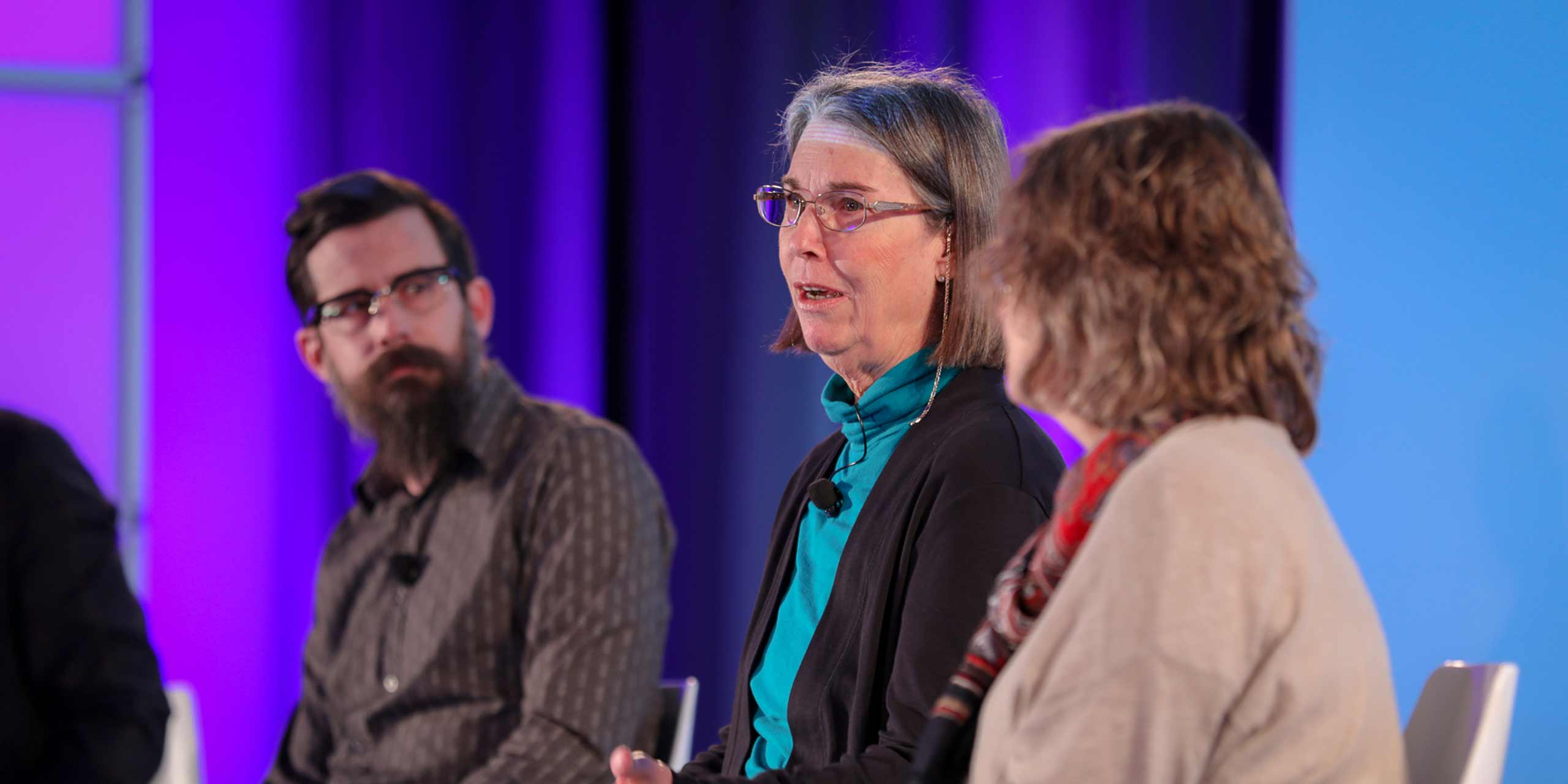
What is a
Growth Mindset
A growth mindset, proposed by Stanford professor Carol Dweck in her book Mindset, describes people who believe that their success depends on time and effort. People with a growth mindset feel their skills and intelligence can be improved with effort and persistence. They embrace challenges, persist through obstacles, learn from criticism and seek out inspiration in others’ success. An example of a growth mindset might be a student who enrolls in a challenging Calculus class as part of a degree requirement. The student is initially challenged by the course material but seeks help by attending office hours, forming study groups and using tutoring services. They also see low grades as learning moments whereby they can tailor their own study efforts for future quizzes. As this example illustrates, adopting a growth mindset in higher education involves actively seeking resources, embracing challenges, learning from mistakes, persevering through difficulties, and celebrating progress. These behaviors contribute to continuous personal and academic growth.
People who hold a growth mindset believe that they can get better at something by dedicating time, effort and energy. Working on one’s flaws, and the process—not the outcome—are the most important components. With time and practice, people with a growth mindset believe they can achieve what they want. The opposite of a growth mindset is a fixed mindset. So what exactly is the difference between a growth mindset and a fixed mindset? Carol Dweck describes a fixed mindset as an outlook where people view basic qualities such as intelligence as fixed traits that can’t be developed over time. On the other hand, those with a growth mindset view flaws and mistakes as opportunities to improve in the future.
A growth mindset is essential for success in university and in the workforce. The following are growth mindset skills that successful employees demonstrate: a) a thirst for knowledge (seeking to learn and expand ideas), b) openness to feedback (welcoming constructive criticism), c) embracing failure (viewing failure as an opportunity to grow), d) flexibility and adaptability (thriving in changing circumstances) and e) problem solving (approaching challenges creatively).
The Professor’s Guide to Agile Teaching
Improve learning outcomes and empower students with simple techniques to transform learning in the moment.
Get the FREE ReportThe Professor’s Guide to Agile Teaching
Improve learning outcomes and empower students with simple techniques to transform learning in the moment.
